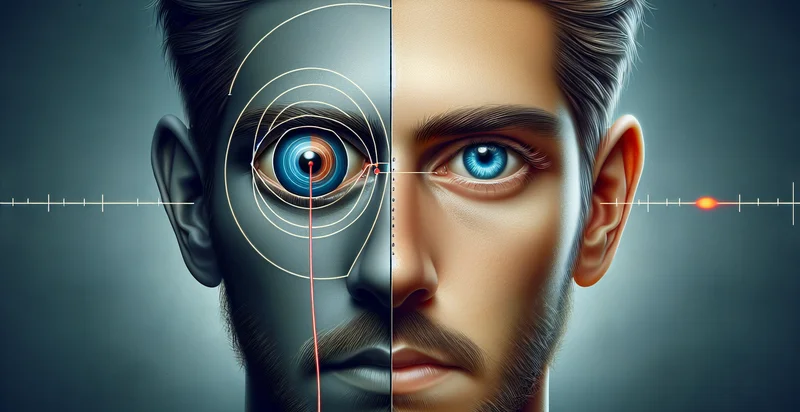Identify eye conditions
using AI
Below is a free classifier to identify eye conditions. Just upload your image, and our AI will predict what eye condition it is - in just seconds.

Contact us for API access
Or, use Nyckel to build highly-accurate custom classifiers in just minutes. No PhD required.
Get started
import nyckel
credentials = nyckel.Credentials("YOUR_CLIENT_ID", "YOUR_CLIENT_SECRET")
nyckel.invoke("eye-conditions", "your_image_url", credentials)
fetch('https://www.nyckel.com/v1/functions/eye-conditions/invoke', {
method: 'POST',
headers: {
'Authorization': 'Bearer ' + 'YOUR_BEARER_TOKEN',
'Content-Type': 'application/json',
},
body: JSON.stringify(
{"data": "your_image_url"}
)
})
.then(response => response.json())
.then(data => console.log(data));
curl -X POST \
-H "Content-Type: application/json" \
-H "Authorization: Bearer YOUR_BEARER_TOKEN" \
-d '{"data": "your_image_url"}' \
https://www.nyckel.com/v1/functions/eye-conditions/invoke
How this classifier works
To start, upload your image. Our AI tool will then predict what eye condition it is.
This pretrained image model uses a Nyckel-created dataset and has 20 labels, including Allergic Conjunctivitis, Astigmatism, Bacterial Conjunctivitis, Cataract, Color Blindness, Corneal Ulcer, Diabetic Retinopathy, Dry Eye Syndrome, Eye Cancer and Eye Injury.
We'll also show a confidence score (the higher the number, the more confident the AI model is around what eye condition it is).
Whether you're just curious or building eye conditions detection into your application, we hope our classifier proves helpful.
Related Classifiers
Need to identify eye conditions at scale?
Get API or Zapier access to this classifier for free. It's perfect for:
- Telemedicine Services: Integrating the 'eye conditions' identifier into telemedicine platforms can help healthcare providers remotely assess patients' eye health. Patients can upload images of their eyes for analysis, allowing for timely diagnoses and treatment recommendations without in-person visits.
- Automated Screening in Clinics: Eye clinics can utilize this function for automated screening of patients during check-in processes. By quickly classifying images, clinics can streamline patient flow and identify individuals who require immediate attention for potential eye conditions.
- Patient Education Tools: Develop mobile apps that educate users about common eye conditions using the classification function. Users can take pictures of their eyes, receive information about potential eye issues, and learn about prevention and treatment options.
- Clinical Research and Trials: Researchers can integrate the identifier into clinical studies focused on eye health to streamline data collection and analysis. By classifying eye images, they can easily find participants with specific conditions and monitor treatment effectiveness over time.
- Insurance Pre-screening: Insurance companies can use the eye conditions identifier to pre-screen claims related to vision issues. This can help expedite claims processing and identify potential cases of fraud by assessing the validity of submitted images.
- Remote Training for Healthcare Workers: Train healthcare workers in remote regions by utilizing the eye condition classification feature in educational programs. By analyzing images together, workers can learn to recognize signs of eye diseases and enhance their diagnostic skills.
- Integration with AI-powered Vision Devices: Partner with manufacturers of smart glasses and vision devices to integrate the eye condition identifier. This can provide real-time feedback and analysis to users, enhancing their understanding of their eye health during daily activities.


